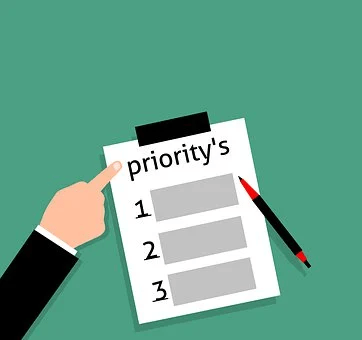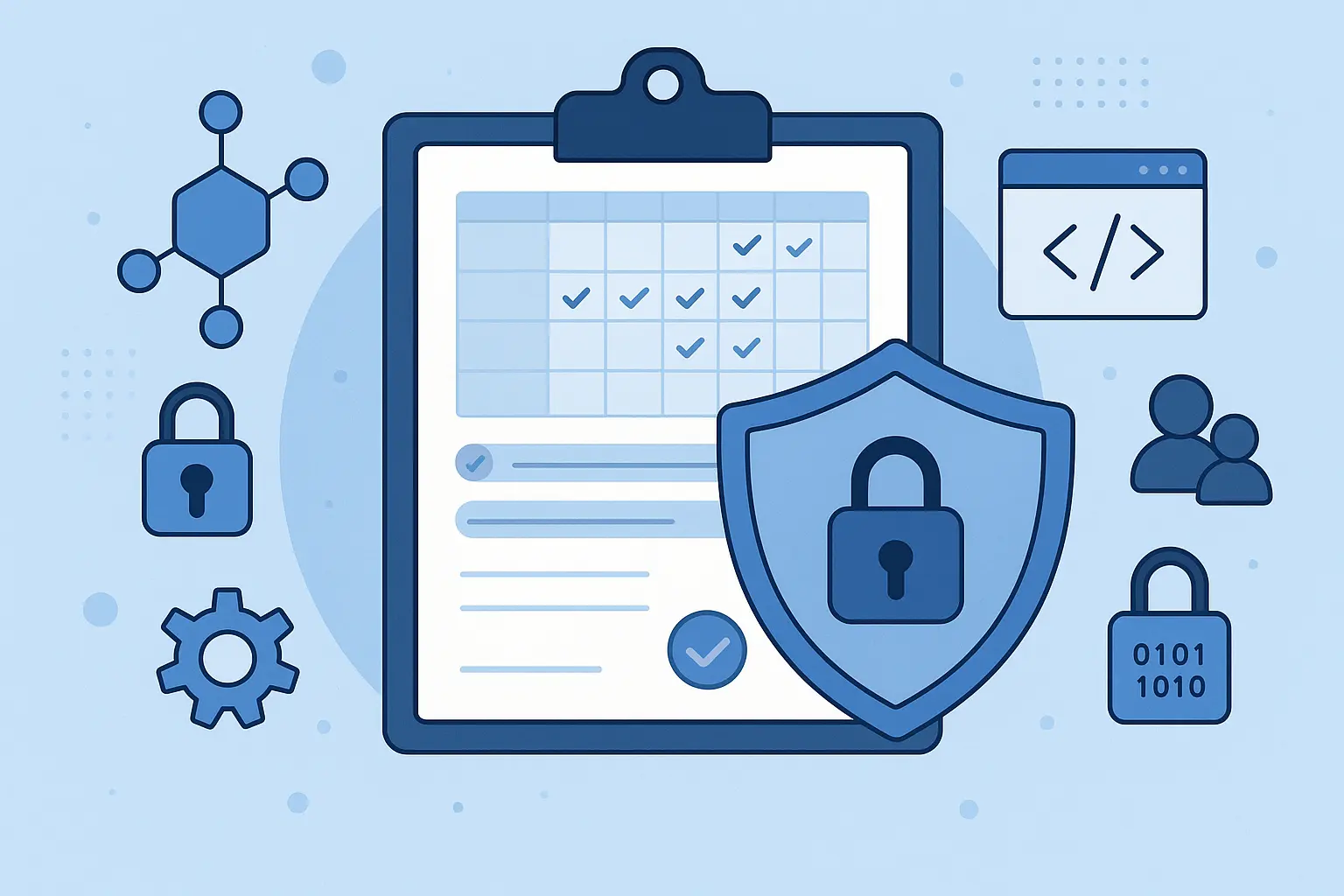How to Create a Schedule Baseline for Your Project
They say “fail to prepare and you prepare to fail.” Who are they? Probably some very well-organized people! The kind of people who love creating schedule baselines for their projects. This is an essential part of preparation that will ensure the entire project goes as smoothly as possible, from conception to fruition.
Image source
Whether you’re a project manager or starting your own business, here’s a handy guide to creating a schedule baseline.
What’s a Schedule Baseline?
As the name suggests, it’s a base schedule for your project. A long-term plan, created with online scheduling software, that keeps you and your team on track to achieve an objective.
Why Use One?
A large project can be a headache. Coordinating multiple people with various individual tasks can quickly fall into anarchy. A schedule baseline gives everyone a clear idea of what they should be doing and when to do it.
Obviously, things don’t always go to plan, but having a schedule baseline acts as a reference point for the team. So, when something does change, you can quickly apply those changes to the schedule baseline and see how it affects the overall project.
Here’s how to create one.
Step 1. Set Clear Objectives
When beginning a project, it’s vital everyone is working toward a common goal and aware of what that is. In line with this, you need to produce a clear and concise mission statement – something the whole team can understand. If you can’t sum up the project objective succinctly, maybe it’s too vague or unclear.
The same rule applies to smaller task groups. Everyone must know the overall goal, but individuals should know their own smaller objectives too. Knowing both will ensure each team member has a clear idea of how their contribution fits into the project as a whole.
This kind of synergy is great for workplace productivity as teams don’t function in isolation; they know they are part of something bigger.
Step 2. Establish Dependency
Following the previous point, you’re also going to need to figure out how those separate teams relate to one another. For example, something as simple as producing a base script for contact center management requires input from multiple departments. It will involve marketing, writing, and operations.
There’s no point telling your marketing team the script has to be finished before your copywriters have completed the actual words. So, start with the overarching task and work backward when scheduling. When you know exactly what needs to be done, you can manage the moving parts more easily.
Step 3. Make a Timeline
Set realistic expectations for the time required to complete each task. This will require input from your whole team. Ask them how long they think it’ll take to finish the various components. There’s no point in setting overly ambitious deadlines that won’t be met. This can throw the whole project into disarray.
Instead, listen to your team and allow them some input on the timeline. This will help to create personal accountability and make them feel like their opinions and viewpoints are valued by those above.
Step 4. Set Smaller Goals
People generally don’t do well with enormous tasks. It can easily become overwhelming. So, break the project down into smaller chunks or phases and assign milestones to signify the end of each phase.
There are a few benefits to doing this.

i. A cause for celebration and reflection
A natural stopping point will allow your team to look back and see what they’ve achieved. It’s a chance to celebrate the progress made and get some feedback about the difficulties experienced so you can adjust your plan moving forward.
ii. A less abstract deadline
Having a deadline too far in the future can make it seem as if it’s not real. Humans just aren’t hardwired to think beyond the immediate future. Having shorter milestones to move toward will keep your team focused and productive.
We’re not talking about applying pressure or fear tactics; it’s about giving your team a tangible end goal to work toward and keeping tabs on their progress.
iii. More manageable tasks
We mentioned this up top, but it’s worth repeating. Splitting a huge project into smaller, more manageable tasks is great for productivity. It means your team can focus their whole attention on smaller tasks without stressing too much about the larger, more daunting project they’re ultimately trying to complete.
Step 5. Assign Resources
Your resources are usually time, money, people, and equipment. The best way to get a sense of this is through information gathering. Research similar projects and the resources they used. This will give you a broad idea of your overall resource requirements.
More specifically, ask your team what they think is reasonable in terms of resources. They are, after all, your experts, so they should know better than anyone what they’ll need.
Equipment will depend a lot on the scope of your project, but you’ll want to have the basics covered. Online projects need smooth, reliable service all the time, so you may want to look into voice over IP routers so you and your team can stay connected.
Step 6. Carefully Select Project Management Tools
Online scheduling software is just one of the useful project management tools in a PM’s arsenal. You can find software to match any need. Your team can easily share data, feedback, and graphics, giving them more avenues for creativity and collaboration.
It’s a poor workman who blames their tools, sure, but using the best possible tools will deliver the best results and help you not only stick to the schedule but meet more ambitious deadlines along the way.
Step 7. Be Flexible and Communicate
Finally, set your baseline schedule and ensure everyone is fully aware of what’s expected. Things might change, however, so be ready to adapt. If you’re not, it can have a cascade effect that’ll be far more disruptive than it needs to be.
A scheduling baseline will mitigate disruption by showing you how those changes affect the overall project. The best way to navigate this is with effective communication. Now that most workplaces are online, a cloud communication platform is a great way to achieve this.
Encourage your team to update you on issues as soon as possible. When this happens, you can update your schedule baseline, see how it’ll affect the overall project, and reallocate resources.
You don’t want to discover a problem when it’s too late to do anything about it. So, encourage communication and make sure there’s always an available line between you and your team, whether it’s a group chat, email, or call recording system.
Remember
People are at the heart of your project. A schedule baseline is there to help them more than anybody.

It’s not a harsh metric with which to hold people accountable, and it won’t do your work for you. It’s simply a tool to help your team to do the best they can.










